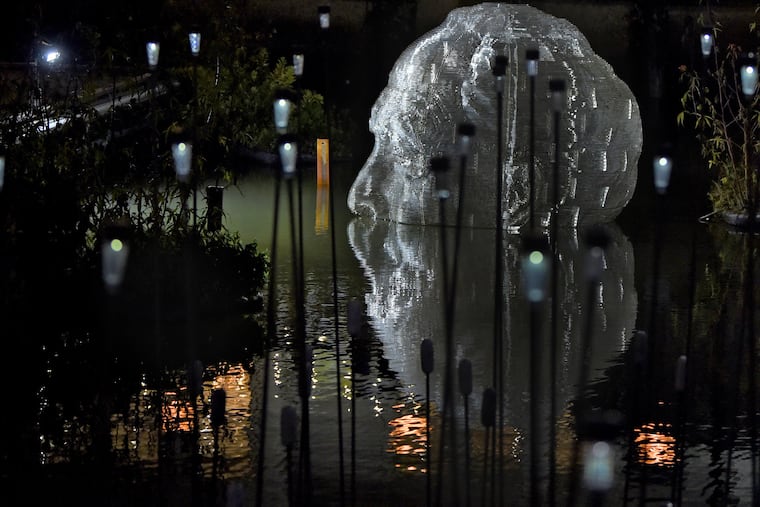A Philly artist created a giant sculpture of his father’s head that disappears with the tides. Imagine his father’s surprise.
Watching the floating head slowly covered up by water and then revealed has led to some pretty interesting talks between Philly artist Miguel Horn and his father, an Ardmore jeweler.
